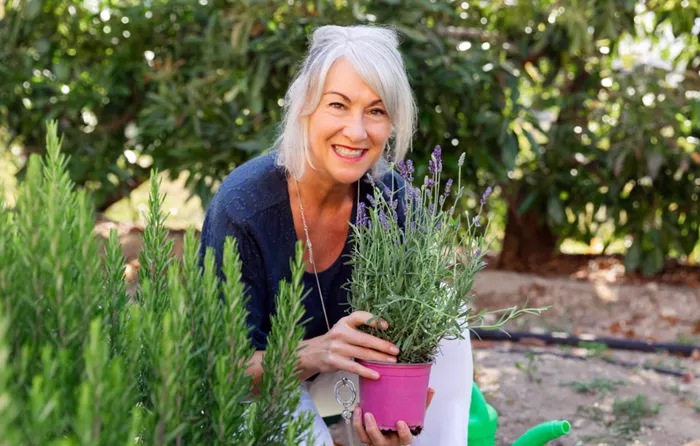Rediscovering Life Through Gardening After a Diagnosis of ME.
In 1997, my life changed dramatically when I was diagnosed with severe myalgic encephalomyelitis (ME), commonly known as chronic fatigue syndrome. This illness turned my world into one filled with bedpans, bed baths, wheelchairs, and stairlifts. However, an unexpected gift began to rekindle a sense of joy I thought I had lost forever.
Growing up in a gardening-loving family, I spent my childhood helping my father care for his prized roses, rake the lawn, and carry home unique vegetables from his allotment. He was my hero, and I was always by his side until his untimely death when I was just 11 years old. After that, gardening lost its appeal, as the memories were too painful. I turned away from all things green.
In my 20s and 30s, I pursued a career as a marketing consultant in London and Manchester, working with brands like Pepsi and Sony. The only reminder of nature in my life was a vase of wilting flowers on my desk.
My condition worsened when, at 32, I collapsed in a Sainsbury’s car park. My husband, Andrew, carried me to the car and then to our bed. We had no idea it would take five years before I could walk down the stairs on my own. I had been struck by the most severe form of ME, a debilitating illness with no cure.
Before my diagnosis, I had naively believed that ME was just about being tired. I soon learned how wrong I was. For nearly two years, I felt like a breathing corpse. I spent my days in a dark room, suffering constant pain and unable to talk, walk, sit, or stand. My family had to care for me completely, ending my career and burying my cherished memories of being outdoors with my father.
After two years, my severe light sensitivity improved, but I remained largely bedridden for another three years. During this time, I began taking small steps toward recovery. I learned to walk from my bed to the toilet unaided, feed myself, and sit in a chair for 10 minutes each day. I could even put on my own socks.
After five years of this struggle, including hospital stays and relapses, I felt utterly broken—physically, mentally, and emotionally. I had become a shadow of my former self: anxious, nervous, and disheartened. Some days, I wished to sleep forever to reunite with my father. I contemplated suicide, but something inside me held on.
One day, my mother brought me breakfast, accompanied by a small potted plant with coral-pink flowers. “Something for you to look after,” she said. In disbelief, I thought, “How can I care for this when I can’t even shower myself?”
But I placed the plant on my windowsill. That little kalanchoe changed everything. It needed me for everything, just as I had once needed care. Every morning, I checked on it. Did it need water? More sun? More shade? That little plant gave me a sense of purpose. Watching it grow filled me with joy.
The kalanchoe thrived, prompting me to realize I needed to reconnect with nature. I had to start gardening again, returning to my roots to move forward. I needed to feel the soil, smell the grass, and touch the trees. My body and mind required that connection. It became clear: to find peace, I had to garden.
After a year of preparation, including the installation of a stairlift, I finally got outside. My first trip outside after more than five years was magical. I remember sitting in my wheelchair, feeling the sun on my face for the first time. Hope filled me; I believed I could recover, and I felt my father’s presence strongly.
Initially, I could only manage five minutes of gardening each week. Gradually, I increased that time to five minutes a day, then 10, then 20, and beyond. Some days, I simply sat and enjoyed the sights and sounds around me, which was perfectly fine.
Over the next decade, gardening helped me rebuild my life. As my plants flourished, so did I. My garden expanded, and so did my world. My illness had stolen my health, confidence, and joy, but returning to gardening and growing food restored them. I am grateful every day for that tiny potted plant, which led me back to gardening and, ultimately, back to life.
Related topics:
- Ohio May Experience Frost Tonight: Tips for Safeguarding Your Garden Plants
- Frost is Expected Tonight in Lancaster County: Tips for Safeguarding Your Plants
- How Thirsty Are Your Crops? Understanding Parched Plants


